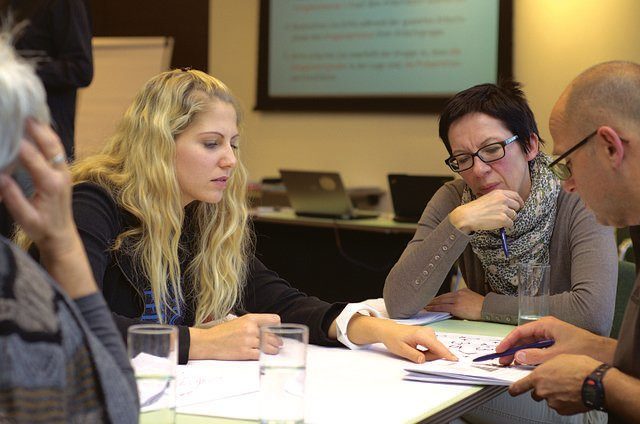CAGBC
The Canadian Green Building Council was established in 2002 to champion green buildings, because they are healthier for people and the planet. In 2006 the CAGBC created the Municipal Green Building toolkit to help Municipalities develop a greener built environment, guiding them in the greener development of their communities. CAGBC has encouraged green building in communities, by supporting the people who design, construct and operate buildings; equally important in the development of green and net zero homes. To date in Canada there is over 4 million tonnes less GHG emissions, a reduction of 3.8 million tonnes of construction waste, 4,858 LEED Certified buildings, including 37 zero carbon certified facilities.
COMMUNITY TOOLKIT
The Sustainable Communities Toolkit, as a living document, will continue to evolve as our communities continue to progress in the application of LEED building practices. Homeowners and businesses will be able to address the myriad of issues our present building code fails to identify effectively.
LEED
Leadership in Energy and Design helps communities to; reduce energy and water use, cut waste, and more affordable to operate. LEED addresses these concerns forward 50 years into the future. There are six categories that are covered in the toolkit:
- Sustainable Sites,
- Water Efficiency,
- Energy and Atmosphere,
- Materials and Resources,
- Indoor Environmental Quality, and,
- Innovation in Design
Impact Categories
LEED Presently covers twelve different impact categories, each reflecting their own level of importance, depending on the goal of the facility; Climate Change holding the highest position. Designing and building decisions are based on an integrative process. The owner, architect, plumber, electrician, framer, landscape designer, and many more are brought into the conversation; where decisions are made before pen is put to paper.
Community Design
The Community Toolkit takes all of these design processes into consideration by addressing;
- Community Planning,
- Natural Environment,
- Transportation,
- Buildings,
- Infrastructure, and,
- Energy
Each tool includes an introduction, benefits and strategies, a conclusion, and links and references. This toolkit is constantly being upgraded and updated.
By asking our Councils to create a resolution to build to LEED Silver as an example, we will be able to avoid hundreds of issues, create walkable communities; where everything is within a 0.4 kilometer distance. No highways here.
Download to read the full document.

